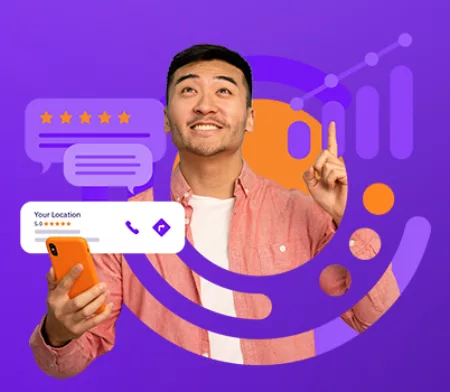
10 Local SEO Mistakes And How To Avoid Them
Table of Content
We’ve entered an era where online presence can make or break a business. That’s why search engine optimization has become key to unlocking untapped potential years ago. Yet, surprisingly many businesses are missing the mark when it comes to optimizing their listings. In this guide, we unravel the intricacies of local SEO, and explain how companies can immediately correct the course.
Read the guide and learn about:
- common local SEO mistakes and how to avoid them
- practical advice on how to rise to the top of search
- best practices from our clients to improve search rankings
Ready to Transform Your Business?
Connect with our partnership team to learn how Uberall can help you achieve similar results. Get a personalized consultation and discover the opportunities waiting for your business.
Resources









